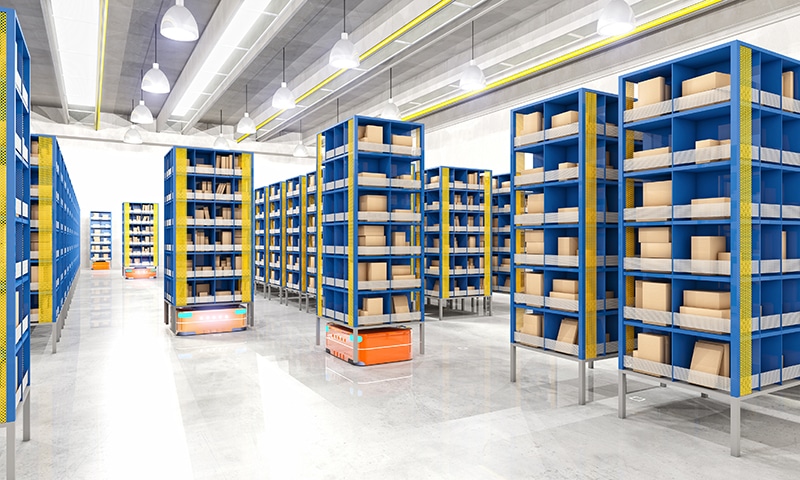In a world where technology is advancing at a breakneck speed, are the deadstock electronics components in your warehouse on the verge of becoming obsolete relics?
A typical warehouse of an electronics OEM or an EMS (electronics manufacturing service provider) is stacked with unused components—like buried treasure waiting to be discovered. But instead of riches, this treasure represents tied-up capital, logistical headaches, and missed opportunities. This is the reality faced by electronics manufacturers grappling with deadstock, a challenge that extends far beyond the confines of their storage facilities.

“Non-moving electronics components are akin to gold or currency which is just boxed up and unutilised! We have around ₹10 million worth of unutilised inventory lying in its store,” reveals Indian electronics contract manufacturer TESCOM’s Director Nandini B. The bound capital in unnecessary stockpiles hampers the ability of electronics manufacturers to fulfil orders promptly, disrupting the supply chain.
At its core, deadstock is more than just surplus inventory—it is a financial burden that weighs heavily on the bottom line. Tied-up capital that could fuel innovation or drive operational improvements is instead immobilised, trapped in a labyrinth of excess components. The costs of storage, depreciation, and missed opportunities loom large, casting a shadow over profitability and growth prospects.
Electronics technology is rapidly evolving, raising the fear of obsolescence of components which could today be the creme de la creme of electronics innovation. With rapid technological advancements, short product life cycles, increasing competition, price pressures, and environmental regulations, electronics manufacturing is no fool’s errand. So naturally, every penny saved counts!
Tracing the treasure
Please register to view this article or log in below. Tip: Please subscribe to EFY Prime to read the Prime articles.






